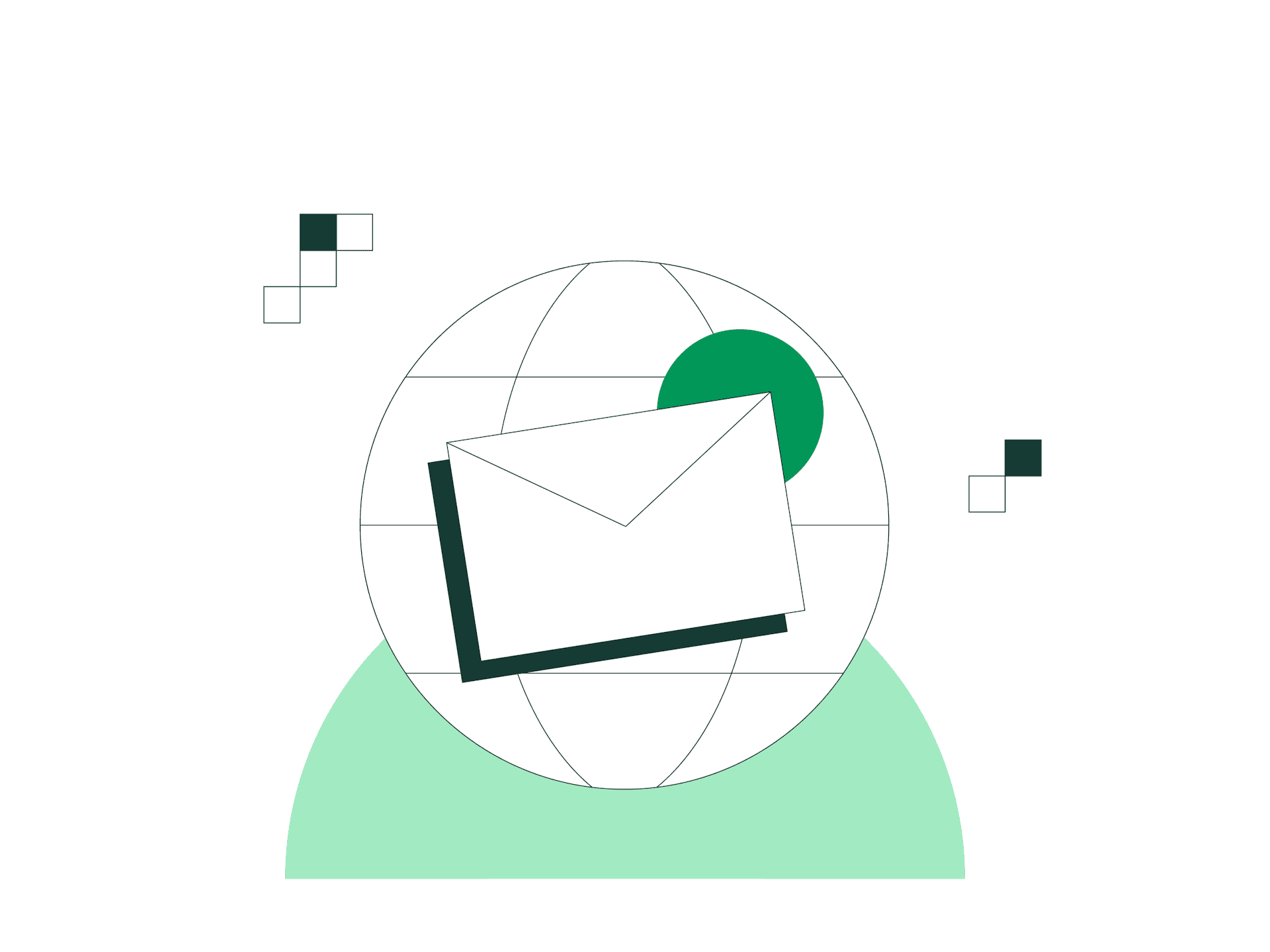Enterprise resource planning (ERP) systems have been around for several decades and have transformed the way we do business by connecting the main functions of a company into a single, integrated system. In this article, we look at ERPs in today’s business environment to understand why ERP integration plays a central role in adapting to current challenges and supporting digital transformation journeys.
The current landscape: challenges and opportunities
It’s only natural: as people see and enjoy the technological advances that make their personal lives easier and more connected, they start to expect the same for their businesses. As a result, we see service providers and ERP vendors developing mobile apps, delivering services via the cloud, and integrating cut-edge technologies like artificial intelligence and machine learning.
Moreover, given the central role of ERP as the system of record of the organization, businesses rely heavily on their ERP software to implement digital transformations while ensuring that operations continue running smoothly, thus guaranteeing business continuity. To respond to challenges and stay relevant, successful ERPs are moving away from monolithic, static systems to more dynamic platforms that evolve with a business’s demands. A key component of this ERP shift is ERP integration. By connecting third-party solutions and industry-specific tools into their core offering, as well as creating robust partner ecosystems, ERP vendors can provide customers with easy solutions to their requests.
What is ERP integration?
In simple terms, ERP integration is the strategy of connecting ERP systems to external software to build a personalized, unique configuration using several providers.
ERP integration: Empower your existing systems
The value of integration sits at the very foundation of ERPs. After all, we are talking about software designed to consolidate business processes and data management and to bridge the gaps between business units such as production, finances, marketing, HR, customer service, etc. Modern ERPs cover a wide offering of business functionalities, but customers often require connectivity to specific solutions that ERP vendors do not offer as out-of-the-box components.
Changing functionalities or adding new ones to an ERP can turn into a complex, expensive, and time-consuming project. That is why, in a lot of cases, extending the capabilities of an ERP is best accomplished by bringing in external software designed for a particular area. Some examples of external software that can be integrated with ERP are procure-to-pay (P2P) solutions, e-commerce platforms, electronic data exchange (EDI), logistics and freight management, customer relationship management (CRM), and social media tools.
3 reasons why integration is the future of ERP
The freedom of a customized, best-in-class solution
With an ERP integration strategy, companies can choose the specific tools they want in their solution after considering aspects like business needs, legal and security requirements, industries and markets in which they operate, and so on. This way their business processes can be designed according to individual company needs and become more resilient, which is a central requirement in today’s environment.
Lower error risk via automation
Seamlessly connecting the ERP to specialized or industry-specific solutions makes it possible to automate workflows across different functions, thus reducing manual tasks and human error and guaranteeing that only reliable information is shared. Integration and automation eliminate the effort (and time) required to enter data produced by the ERP into a different system and vice versa.
The end of information silos and unreliable data
Via integration, companies can centralize all of their data into a single, trustworthy location that other systems can depend on, and this is a fundamental step in streamlining operations and gaining deeper business insights. By removing information silos and establishing a single source of truth, even across different software, internal departments do not have to wait on each other for answers, and decision-making is improved based on real-time data.
Pagero for ERPs: connect to a Smart Business Network
Pagero offers a best-in-class global network for automated purchase-to-pay and order-to-cash that smoothly integrates with more than 100 ERPs, thus extending their product capabilities.
For businesses that use ERP, Pagero offers seamless integration of their current systems to the Pagero Network for sending and receiving business documents with any commercial partner worldwide. We make sure that you meet local regulations in all of your markets while ensuring that only complete and accurate transactional data enter your system.
ERP providers can rely on Pagero to take their business to the next level by expanding their offering to meet the changing needs of customers, with dedicated technical and commercial partner support. Different partner options are available to help your clients digitalize and automate their financial processes without losing focus on your core business.
“Pagero’s best-in-class global network for automated P2P and O2C integrates with 100+ ERPs, extending their product capabilities.”
ERP integration partner testimonial: IFS
“We have a truly integrated solution through the Pagero Automated Trade Platform for IFS. It enables customers to send and receive digital, automated orders and invoices directly from IFS with any supplier or customer worldwide”, explains Kevin Dickinson, VP of Technology Alliances at IFS. “The solution ensures correct pricing to remove mistakes caused by manual steps and avoid potential overpayments. All this makes the advantages of true digitalisation tangible and helps us fight resistance to change”, he continues. “In an increasingly digital and rapidly transforming world, we need to stay agile to meet customer needs. That is exactly what our partner Pagero has helped us do for over ten years, and hopefully for many more to come,” Dickinson concludes.
More about our collaboration with IFS, enterprise software provider partner.
Solutions designed for ERP users
Topics:

Stay in the loop with our newsletter


